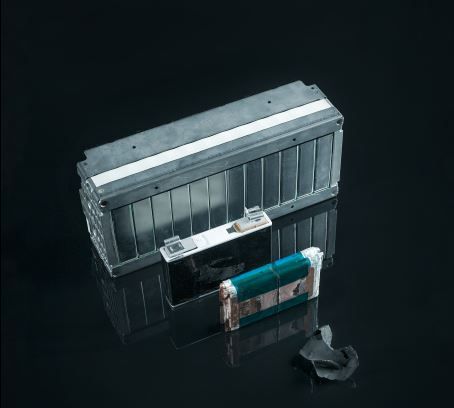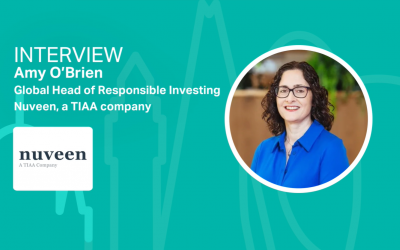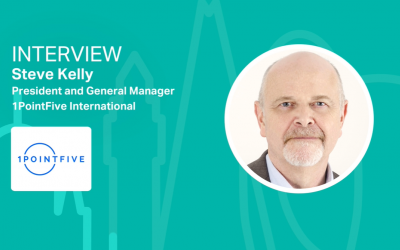Finnish innovation boosts EV battery recycling rate to over 80%
The Finnish innovation will see battery recycling rates boosted to over 80 per cent.

Nordic clean energy company Fortum have perfected a new innovation technique to boost EV recycling rates by over 80 per cent.
To do this, they use a low CO2- hydrometallurgical recycling process. First, the batteries are made safe for mechanical treatment, with plastics, aluminium and copper separated and directed to their own recycling process.
Present recycling solutions for EV batteries are not able to recover these scarce metals. To combat this, Fortum has a unique recovery process, involving chemical precipitation methodology that allows these minerals to be recovered and delivered to battery manufacturers to be reused in producing new batteries.
“There are very few working, economically viable technologies for recycling the majority of materials used in lithium-ion batteries. We saw a challenge that was not yet solved and developed a scalable recycling solution for all industries using batteries,” says Kalle Saarimaa, Vice President at Fortum Recycling and Waste.
The demand for electric vehicles is forecasted to skyrocket over the next few decades, with the International Energy Agency predicting a rise of over 100 million new electric cars on the road by 2030.
If these predictions are true, it would mean an 800 per cent increase in the demand for nickel and manganese and a 150 per cent increase in the demand for cobalt for the production of new batteries.
These scarce metals are only mined from certain locations and mining them would increase greenhouse gas emissions from their production. Using recycled materials will reduce carbon emissions from battery production by up to 90 per cent.
Kalle Saarimaa added: “Limited availability and the environmental impacts of mining mean that recycling these scarce elements back to battery manufacturing is key to reducing the environmental impacts of battery use throughout the lifecycle. If we don’t get the materials back into circulation, we will run out of materials.”
Photograph: Fortum






